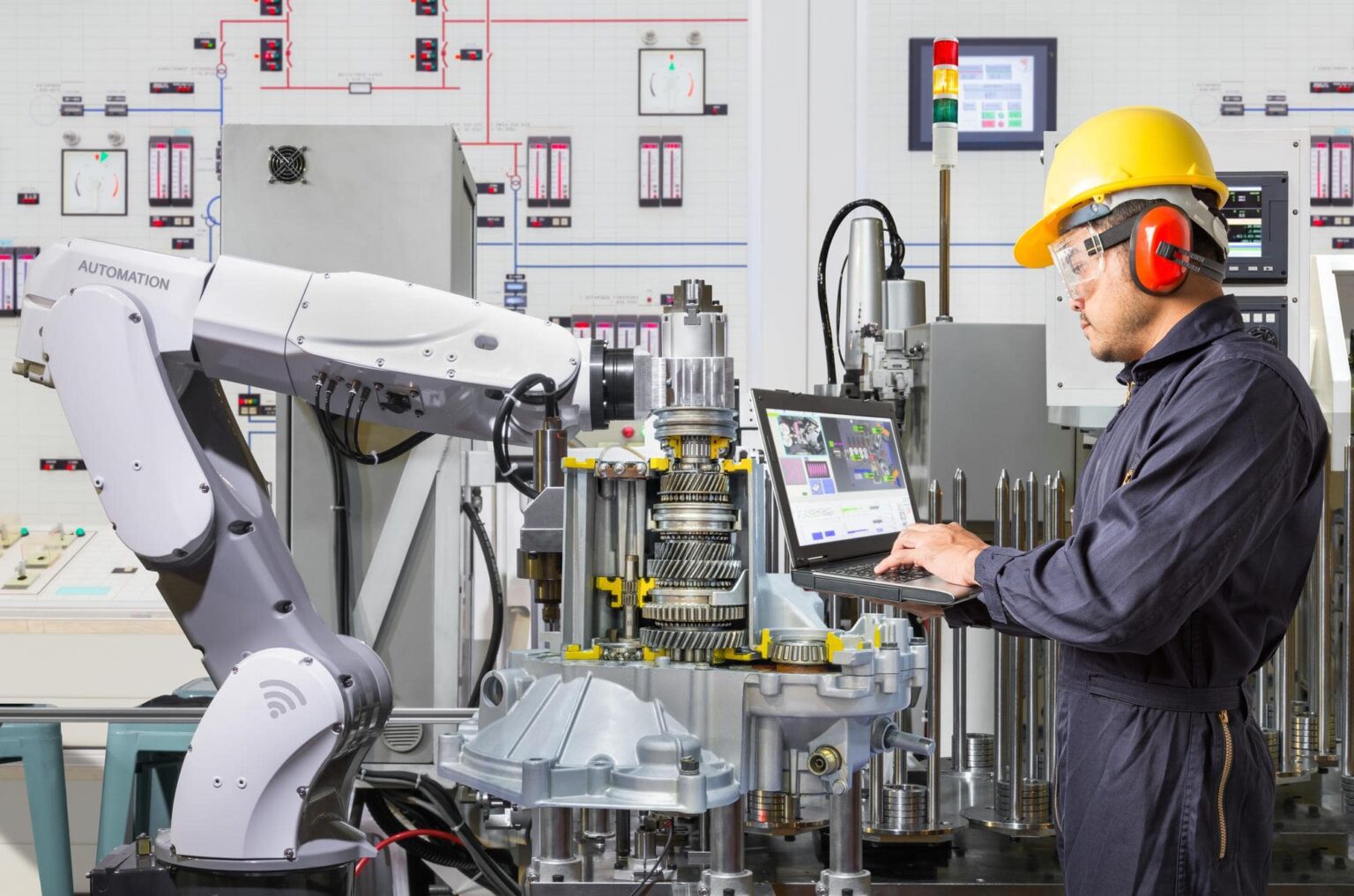Digital twins are virtual representations of physical objects, processes, or systems. In the context of manufacturing, digital twins are virtual models that replicate the characteristics and behavior of physical production systems, allowing for simulation, monitoring, and optimization.
Digital twins enable manufacturers to create a virtual replica of their production systems, capturing real-time data from sensors, equipment, and other sources. By integrating data from various points within the production process, digital twins provide a holistic view of the system’s performance, allowing manufacturers to gain insights, analyze trends, and identify areas for improvement.
One of the key benefits of digital twins in manufacturing is simulation and optimization. Manufacturers can use the virtual model to simulate different scenarios, test alternative configurations, and optimize production processes. This helps in identifying bottlenecks, optimizing workflows, and improving efficiency. By simulating different production scenarios, manufacturers can anticipate and mitigate risks, optimize resource allocation, and make informed decisions to maximize productivity and minimize downtime.
Digital twins also enable real-time monitoring and predictive analytics. By continuously collecting and analyzing data from the physical production system and comparing it with the virtual model, manufacturers can detect anomalies, predict failures, and take proactive measures to prevent issues before they occur. This real-time monitoring and predictive capability help in reducing unplanned downtime, improving maintenance practices, and optimizing overall equipment effectiveness.
Additionally, digital twins facilitate remote monitoring and control. Manufacturers can access the virtual replica of their production system from anywhere, allowing for remote monitoring and troubleshooting. This is particularly beneficial for distributed manufacturing facilities or global supply chains, as it enables centralized monitoring and coordination.
Furthermore, digital twins can be integrated with other technologies, such as AI and machine learning, to enable advanced analytics and optimization. By leveraging AI algorithms and historical data, manufacturers can gain deeper insights, predict trends, and optimize production performance. Machine learning algorithms can learn from the data collected by the digital twin, enabling continuous improvement and autonomous decision-making.
Digital twins also support the concept of “closed-loop” or feedback control systems. By connecting the virtual model with the physical system in real-time, manufacturers can make adjustments and optimizations based on the insights derived from the digital twin. This closed-loop approach enables adaptive and responsive manufacturing systems that can continuously optimize performance and adapt to changing conditions.
In summary, digital twins in manufacturing provide virtual replicas of production systems, enabling simulation, monitoring, and optimization. They allow manufacturers to simulate different scenarios, optimize production processes, and make data-driven decisions. Real-time monitoring, predictive analytics, and remote control capabilities enhance efficiency, reduce downtime, and improve maintenance practices. When integrated with AI and machine learning, digital twins enable advanced analytics and optimization, facilitating adaptive and responsive manufacturing systems.



